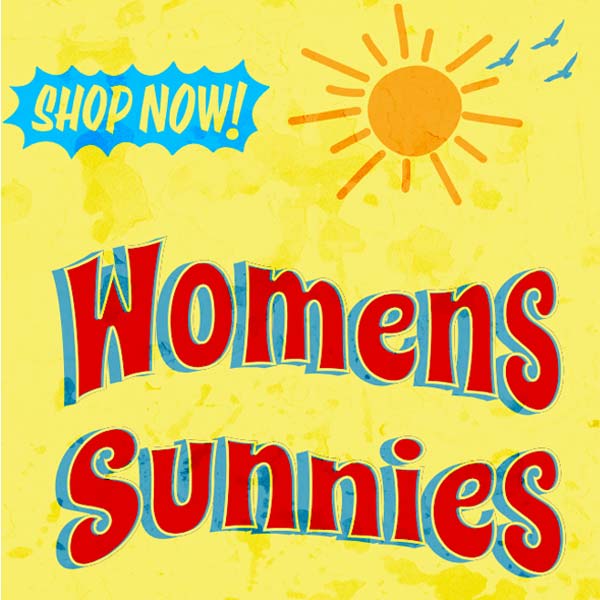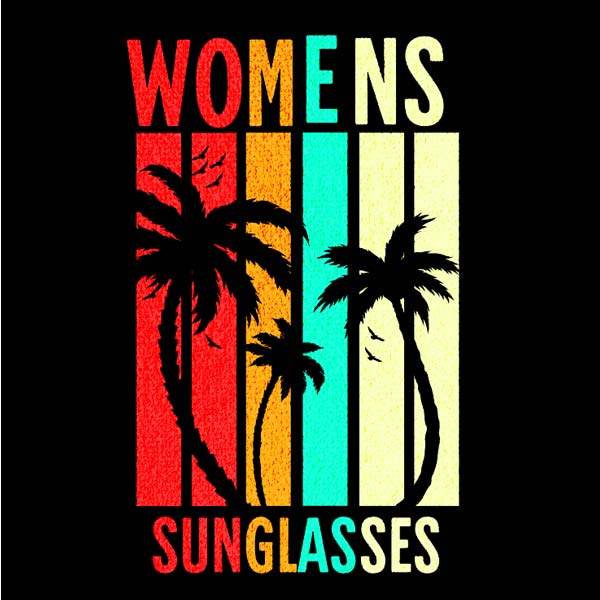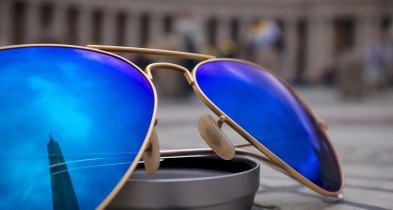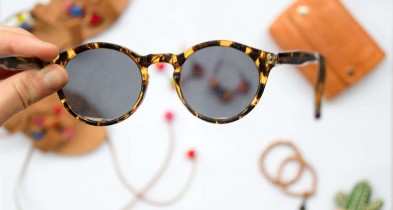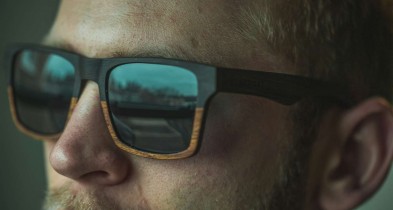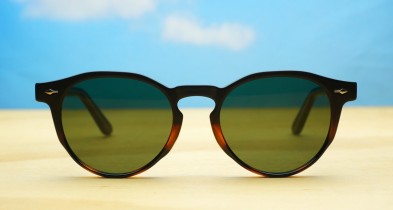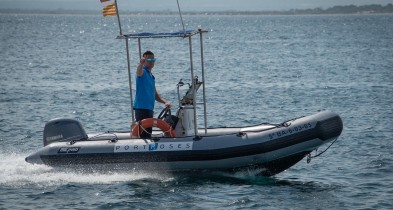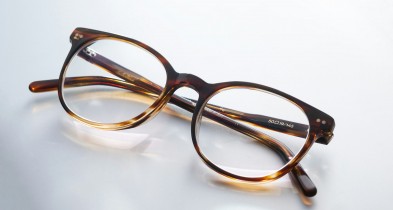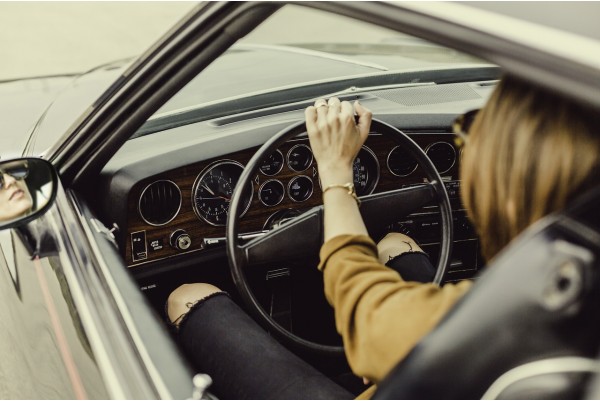
The Importance of Good Driving Sunglasses
Driving can get dicey. Sun glaring off a wet road or blasting through the windshield at the perfect angle, it’s rough on your eyes. I learned that the hard way on a road trip, squinting like mad without decent sunglasses. Ended up with a pounding headache and no love for the view. Good sunglasses aren’t just for style, they’re a driving must. They keep your vision sharp and your eyes safe, making every trip smoother and less stressful.
The Problem with Glare
Glare’s a sneaky beast. It’s not just irritating, it can blind you for a split second when you need to react fast. Ever shielded your eyes with a hand mid-turn? That’s glare winning. Polarised sunglasses, like iPOP’s $25 pairs, cut it down. They tackle reflections off roads or car bonnets, letting you focus without the hassle.
UV Protection Matters
UV rays don’t mess around either. They’re not just frying your skin, they’re gunning for your eyes too. Long exposure ups the odds of cataracts or macular degeneration, stuff that can wreck your sight for good. UV400 sunglasses block all UVA and UVB rays. It’s a solid shield for the long haul.
What to Look for in Driving Sunglasses
When picking driving shades, UV400’s non-negotiable. It’s like eye sunscreen, nothing harmful gets through. Polarised lenses are the real MVPs though. They filter out horizontal light, killing glare from puddles or windows. Drives feel clearer, less taxing. iPOP’s got affordable polarised sunnies at $25 that nail it. Anti-reflective coatings help too, less bounce-back inside the lenses, especially at dawn or dusk.
Lens tint matters. Grey’s my pick for sunny days. Keeps colours real, perfect for bright drives. Amber or brown boost contrast, road signs and lines stand out in patchy light. Yellow’s ace for gloom or fog, brightening things up without the strain.
Frames aren’t just fashion. Wraparounds block sneaky side light, a godsend when the sun’s low. Lightweight stuff like nylon or titanium keeps them comfy on long hauls, heavy pairs turn into a nag fast. Adjustable nose pads and arms? They stay put, no slipping on rough roads.
Fancy extras can shine. Photochromic lenses shift with the light, dark in sun, clear in shade. Prescription sunglasses blend correction with protection if you need them. Clip-ons are a cheap fix, light and easy over your usual specs.
Myths, Care, and Budget
Don’t fall for myths. Darker lenses don’t mean better, UV blocking does the job, not shade. Polarisation’s great, but it can clash with digital dashboards. Test them first.
Care’s simple. Skip the T-shirt wipe, scratches galore. Use a microfibre cloth and proper cleaner. Stash them in a hard case, not baking on the dashboard. Keeps them ready, no damage.
Budget’s no excuse. Even cheap pairs can pack UV400 and polarisation. Splash out, and you might get photochromics or slick coatings. iPOP’s $25 range hits that sweet spot, quality without the sting.
The Bottom Line
Good sunglasses make driving better, less glare, safer eyes, more fun. Coastal cruise or city grind, they’ve got your back. Pick what suits you and your wallet. You won’t regret it.
For reference you can read more about polarised lenses

